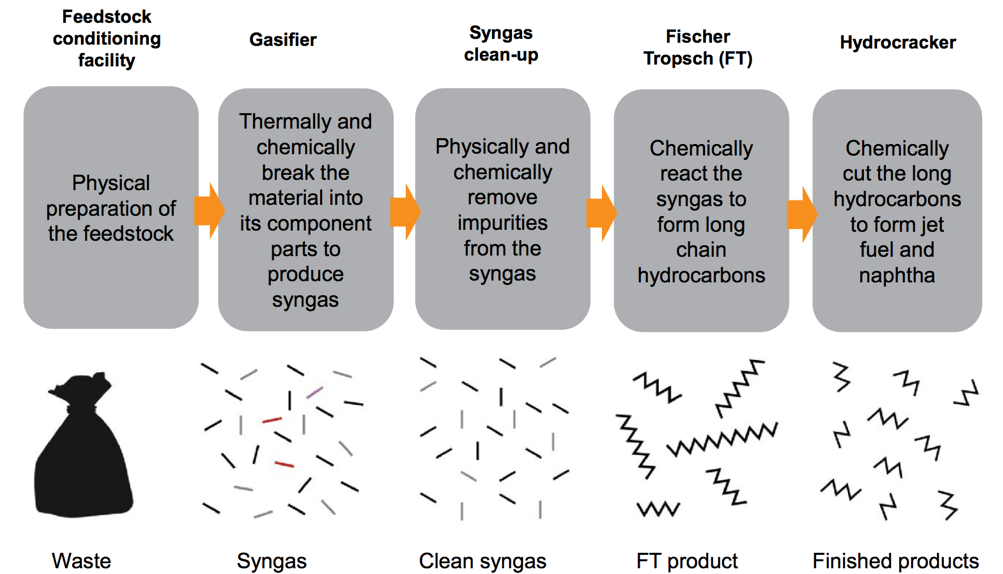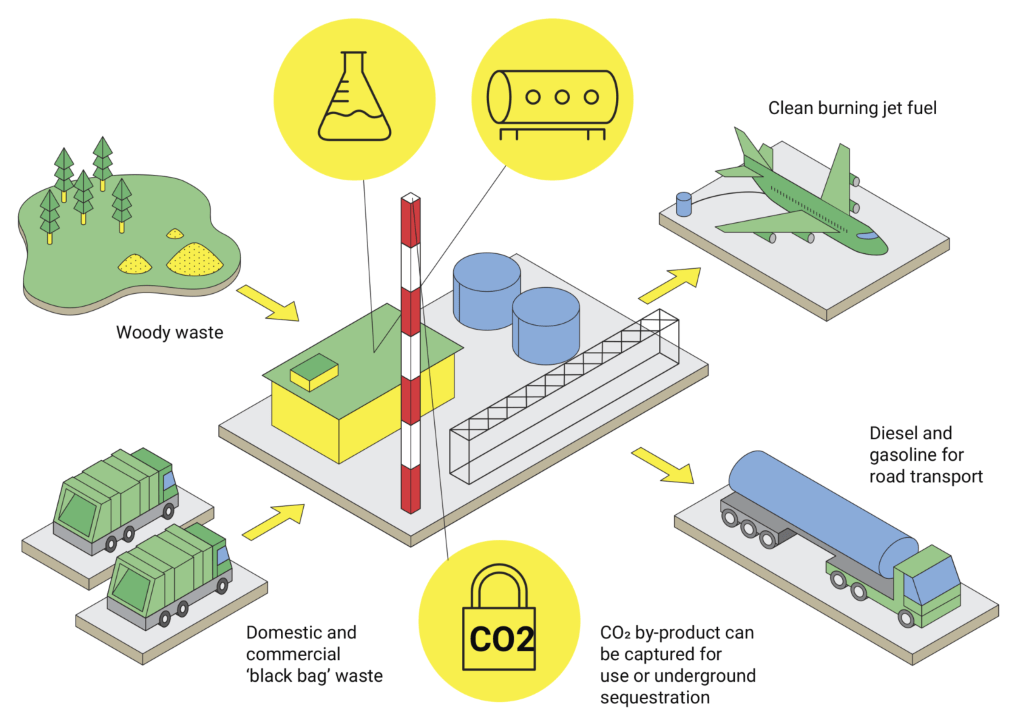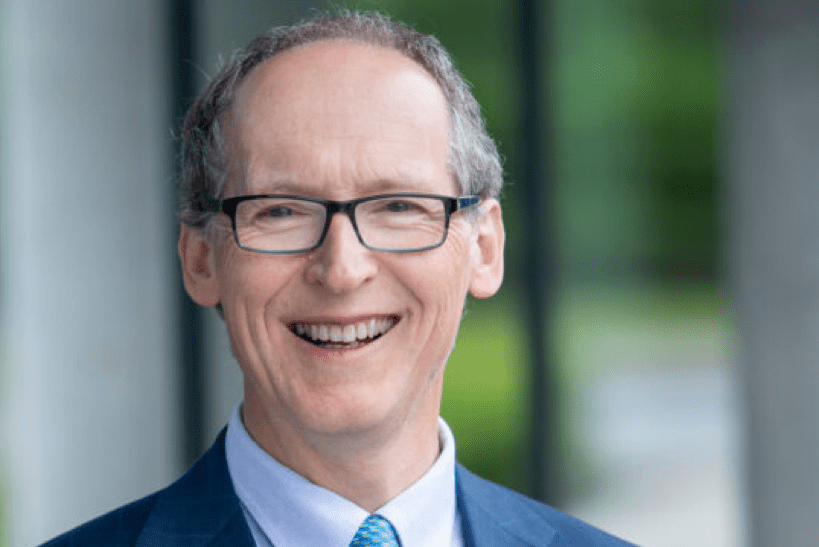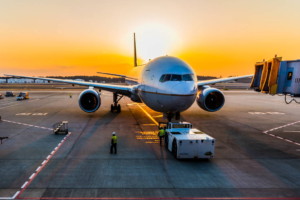With sustainable aviation fuel, is a new era of green air travel possible by 2025?

Neville Hargreaves is working at technology firm Velocys on turning everyday waste into jet fuel at a commercial scale. In this “Good Tourism” Insight, Dr Hargreaves explains why he thinks sustainable aviation fuel is the only realistic near-term solution to air travel’s climate quandary.
The ongoing impact of COVID-19 has been debilitating, but it has also forced the global community to pause and consider how our actions impact the world around us. There is consensus that we must use this hugely disruptive period to ensure a greener restart. Aviation has a critically important role to play in the recovery; re-establishing trade, reconnecting communities, and kickstarting tourism. But we must ensure that travel resumes in as green a way as possible.
Sustainable aviation fuel (SAF) is the only way to achieve meaningful decarbonisation of aviation in the near term. Whilst some point to battery power, the energy density and performance of the technology cannot match liquid hydrocarbon fuel. Hydrogen has perhaps more promise, but is similarly low in volumetric density. Both require substantial aircraft redesign. Comparatively, SAF can decarbonise aviation immediately using existing planes and as such offers the only realistic prospect of reducing net greenhouse gas emissions to zero for a long-haul flight.
In the UK, Velocys is working with major industrial partners to develop UK’s first commercial-scale waste-to-jet-fuel plant: Altalto. The plant will take hundreds of thousands of tonnes per year of everyday household and commercial residual waste, from nappies to coffee cups, that would otherwise be destined for landfill or incineration.
Velocys’ waste-to-jet-fuel process:

The waste-to-jet-fuel process will complement existing UK recycling practices, taking from parts of the waste stream which are un-recyclable and turning them into SAF. This offers net greenhouse gas savings of around 70% for each tonne of conventional jet fuel it displaces. When completed in 2025 (subject to financing), Altalto will produce enough SAF for more than 1,000 flights from London to New York each year.
Whilst it is true that a community is unlikely to generate enough waste to power all the flights it wants to take, it can make a sizeable contribution. Combined with agricultural and forestry wastes which would otherwise decompose on the ground, there is enough feedstock in the world to meet global aviation needs.
Our Bayou Fuels facility in the US will take waste from the Mississippi paper and lumber industries; woody residue that would otherwise rot on the forest floor. The sustainability of this supply chain has been provisionally verified by the Roundtable for Sustainable Biomaterials. Our practices in gathering feedstock ensures that, for example, enough residue is left on the forest floor to sustain future growth.
Like Altalto, the fuel produced at Bayou will deliver a net CO2 saving of around 70% for each tonne of conventional fuel it displaces. But with carbon capture technology we will be able to take the environmental benefits accrued a step further, enabling the production of net negative carbon intensity fuels.

With Velocys’ technology, the world’s first zero-emission plane could be one that is already in the sky today. We don’t need to design and build a brand-new aircraft to reach net zero. Instead, our technology, when coupled with carbon capture, could enable the production of negative emission fuels which could be used in existing aircraft, requiring no modifications to engines at all. Solutions like this are urgently needed if we’re to return to the skies post-COVID and cut aviation’s carbon footprint to meet national and international climate change targets.
What do you think? Do you agree or disagree? Do you dispute a claim made here? Or do you have a question? Share a short comment or anecdote below. Or write a deeper “GT” Insight. The “Good Tourism” Blog welcomes diversity of opinion and perspective about travel & tourism because travel & tourism is everyone’s business.
Featured image (top of post): By 12659751 (CC0) via Pixabay.
About the author

Neville Hargreaves has more than 30 years’ experience in the fuels, energy, and consulting industries. He joined Velocys in 2011 in a business development role. Now, as Vice President of Waste to Fuel, Neville is responsible for the commercial, financial, and corporate development of Velocys’ Altalto waste-to-jet-fuel project in the UK, and for UK government relations and communications.
Neville has held a wide range of technical and commercial roles over 12 years at Exxon and four years with strategy consulting firm Bain & Company. With a MA in chemistry from Cambridge University and a PhD from University College London, Dr Hargreaves is a Fellow of the Royal Society of Chemistry.





